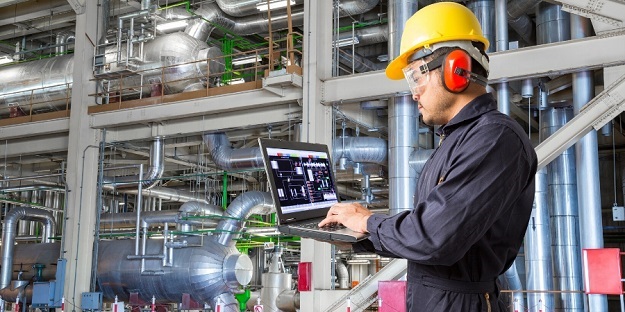By adopting predictive maintenance practices in your business, you can have several benefits and costs for your workers in the area. These practices can help your business from the overhead costs at the top of the chain all the way to the salaries and the stipends provided for the employees. By encouraging these practices you’ll see how much of a better work environment you have for your team and watch the success of the business continue to grow over time.
Reduce Overall Maintenance Costs
With predictive maintenance costs implemented throughout the workplace, you won’t have to have lots of overhead maintenance that other competitors may be facing. When predictive maintenance isn’t applied in these areas, the system will start to break down, the equipment used can get overused, and you could find yourself in a position where you need to put more money into maintenance costs overall. This can be stopped by starting with good training practices and ensuring that each employee knows what they’re supposed to be doing. Predictive maintenance can reduce overall industrial maintenance costs by up to 30%, cut downtime by up to 45%, and decrease breakdowns by more than 70%, according to the Department of Energy. This means that the overall costs for overhead and utilization could also go down because of the system that’s used.
Maintain Equipment Longevity
These predictive maintenance practices that keep equipment away from certain areas, and force them to be in certain modes when not in use can only help them and improve the overall longevity of the machine. For a business, being able to maximize the life of equipment can reduce the cost of overhead charges significantly. Having to purchase too much equipment on a fiscal budget could impact raises that were going to be given to employees because the equipment needs to be replaced first. Normalizing is a heat-treating technique in which a part is held under extreme heat, as high as 1700°F, then air cooled to increase ferritic grains in the steel for consistency. These are the kinds of things that will help with protecting the area and the equipment in the workplace.
Catching Potential Issues
When there are practices put in place, there are more inspections happening on the equipment and the processes that are being done daily. These inspections allow employees and management to catch any issues that may be developing in the machine. For example, mechanical equipment may be stalling in certain areas and with certain procedures, but these practices allow for you to see a bad issue before it happens. According to the Occupational Safety and Health Administration, workers are required to inspect each crane component prior to lifting material into the air. If something is having issues lifting, they can stop the process before it starts, and promote a safe work area at all times.
Avoid Medical Costs
Because these preventative measures are put in place, the employees on site aren’t having to worry about getting medical attention as much as they would without preventative maintenance. These reduced costs in maintenance also mean that the company can invest in more protective gear for employees, which reduces their personal costs into these items, or give them a larger stipend to get the items the want.
If the workspace is safe with predictive maintenance practices, then the workers can have peace of mind for a safe work environment and also look forward to more money in their pocket. A good way to keep these habits up with the employees is to offer a financial incentive for these practices and let them know it comes back to them. Happy employees contribute to a successful business.

